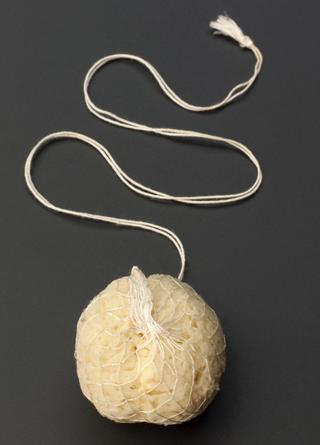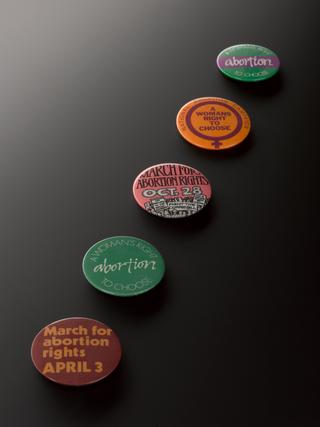
Intra-uterine device, ‘Copper-7’
- PART OF:
- 20 assorted intrauterine devices
- Made:
- 1970-1981 in United Kingdom




Intra-uterine device, "copper-7" type, standard 4 small, 1of 2, 1970-1981
Shown in the left hand corner of this image, the ‘Copper-7’ intrauterine device (IUD) is named because of its number 7 shape and material. It is a contraceptive worn inside the uterus. An IUD prevents pregnancy by stopping a new embryo implanting and growing in the lining of the uterus. The copper is toxic to sperm, preventing fertilisation. IUDs became popular in the 1960s and 1970s. However, health scares and litigation in the 1980s saw their use decline. New, more reliable designs were introduced during this time and the IUD remains the most inexpensive long-term reversible method of contraception.
Details
- Category:
- Obstetrics, Gynaecology & Contraception
- Object Number:
- 1981-1396 Pt12
- Materials:
- plastic and copper (metal)
- Measurements:
-
overall: 30 mm x 20 mm
- type:
- intra-uterine device
- credit:
- Institute of Population Studies



